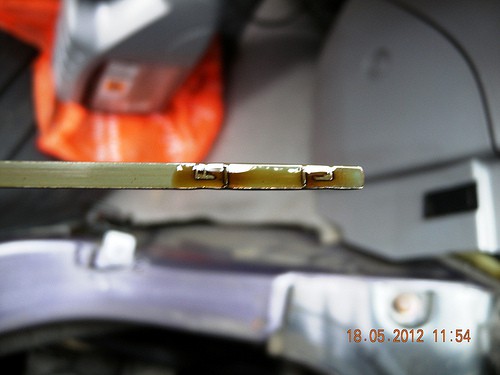There’s absolutely no question that technological advances have made it so cars will operate more efficiently for longer periods of time. Computer controls are always monitoring the status of your engine components, and unless something is showing obvious signs of a problem, it’s easy to think all is well. However, as we continue to drive, each engine component is undergoing wear and tear. Without a commitment to routine maintenance, parts will begin to break down faster than they should. That said, fluid flushes are an important part of car maintenance, especially if the goal is to keep a vehicle on the road for as long as possible.
Fluids – engine oil, radiator fluid, power steering fluid, brake fluid, and transmission fluid – are designed to keep engine parts lubricated. Some also have the job of keeping parts from overheating. In time, fluids begin to degrade and lose their effectiveness to protect. By flushing and replacing fluids, the associated systems can continue to operate as they were designed.
Old fluids cause the engine and parts to work harder, which in turn, will cause problems with breakdowns and more extensive repairs. By utilizing the information in an owner’s manuals and the advice of a reputable automotive repair shop, car owners can determine the best schedule for fluid flushes.
Most experts recommend fluid flushes/changes as follows:
- Engine oil should be changed every 3,000 miles. If you’ve gone longer than this, you may want to consider an engine oil flush to clean out any debris that has accumulated from the engine oil.
- Automatic transmission fluid (and filter) should be changed every 25,000 to 30,000 miles. If you’ve gone well beyond those miles without a fluid change, consult with us before having a flush done.
- Cooling system flushes should be performed at least once every 2 years. The coolant is designed to do three very important jobs. It keeps the fluid from freezing at cold temperatures and overheating in hot weather. It also helps fight corrosion.
- Brake fluid is often overlooked. Experts say it should be changed every 2 to 3 years to help prolong the life of hydraulic components in the braking system.
- Power steering fluid is rarely changed, unless a hose fails or a component in the steering system is replaced. If work is done on the power steering system, have the fluid flushed and replaced.
If you’re still not certain about if or when you should have a specific fluid flushed, ask us. We’ll be happy to review your vehicle’s history and let your know our recommendations. We can also show you how to check the fluid levels in your vehicle. Click here to schedule a fluid flush for your vehicle with Shade Tree Garage in Morristown, NJ.
photo credit: dipstick marks DSCN4978 via photopin (license)

